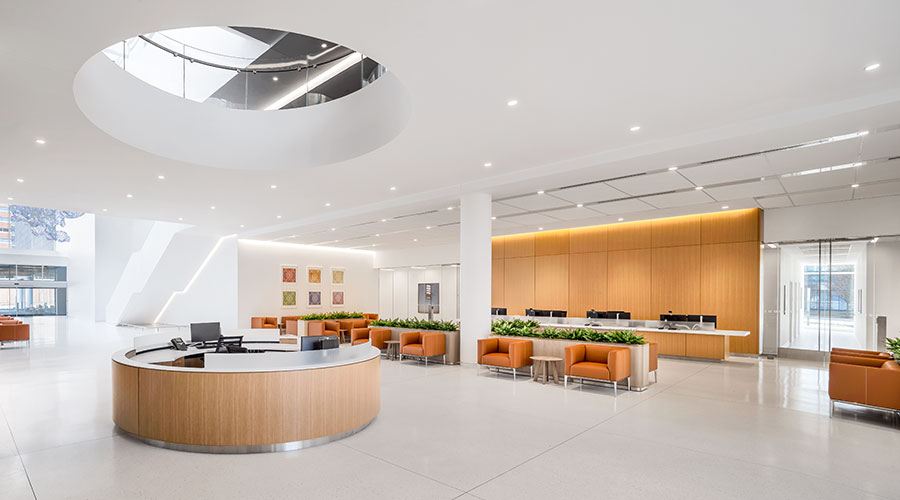Retail clinics are an increasingly popular option for people who need diagnosis and treatment for common, non-life-threatening conditions. Nurse practitioners (NPs) are the primary care providers in these clinics, which are located in pharmacies, grocery stores and “big box” stores.
According to a study in the November issue of Health Affairs magazine, research shows that they provide quality health care and reduce health care costs and new study shows that they can further reduce costs when NPs are allowed to practice independently, potentially by nearly $472 million or more in 2015.
The research team, which was led by Joanne Spetz, PhD, professor at the Institute for Health Policy Studies and associate director for Research Strategy at the Center for the Health Professions at the University of California, San Francisco, and Stephen T. Parente, director of the Medical Industry Leadership Institute at the Carlson School of Business, University of Minnesota, compared claims data over a two-week period for 9,503 patients who visited retail and non-retail clinics from 2004 to 2007.
Researchers compared costs in states that require NPs to be supervised by or collaborate with physicians, states that allow NPs to practice independently but not prescribe, and states in which NPs are allowed to practice and prescribe independently.
The study was funded by the Robert Wood Johnson Foundation’s Interdisciplinary Nursing Quality Research Initiative (INQRI).
The researchers found that insurance claims over a two-week period were lower following retail clinic patient visits than after visits to other settings, such as doctor’s offices and emergency departments, for the same conditions. Insurance expenditures for retail patient visits were even lower in states that allow NPs to practice independently. Payments for prescriptions were slightly higher in states where NPs are allowed to prescribe, but that increase in cost was mitigated by the lower cost of an NP practicing independently.
Adjusted to 2013 dollars, the average two-week cost for non-retail clinic visits was $704, for retail clinic visits in states with no NP independence it was $543, and for retail clinic visits in states where NPs have independence in practice, it was $484. The average cost for retail clinic visits in states where NPs had independence in practice and prescribing was $509, according to the study.
Retail clinics are projected to account for about 10 percent of outpatient primary care visits by 2015. The study’s authors projected that the cost savings realized from using retail clinics at that level would be $2.2 million. The savings would be increased by $810 million if all states allowed NPs to practice independently, and by $472 million if NPs were allowed to practice and prescribe independently.
“Our findings underscore earlier research findings indicating that when NPs practice to the full extent of their training, they can deliver highly efficient high-quality primary care,” Spetz said in the article. “We believe that primary care practices should leverage NPs’ knowledge and skills and the increased availability of convenient care delivery settings to expand access to health care. They also need to work to improve care coordination, as continuity of care can be an issue with retail clinics as compared with hospitals.”
Read the full article (subscription/fees may be required).

 Should We Be Testing Toilet Water in Patient Restrooms?
Should We Be Testing Toilet Water in Patient Restrooms? Healthcare Union Petitions for Increased Staff Safety at HCA Florida Hospitals
Healthcare Union Petitions for Increased Staff Safety at HCA Florida Hospitals HGA Announces Completion of the Jeffrey and Patricia Cole Pavilion
HGA Announces Completion of the Jeffrey and Patricia Cole Pavilion Healthcare Facilities Look to Future-Proof Facilities
Healthcare Facilities Look to Future-Proof Facilities Yale New Haven Health Experiences Data Breach
Yale New Haven Health Experiences Data Breach